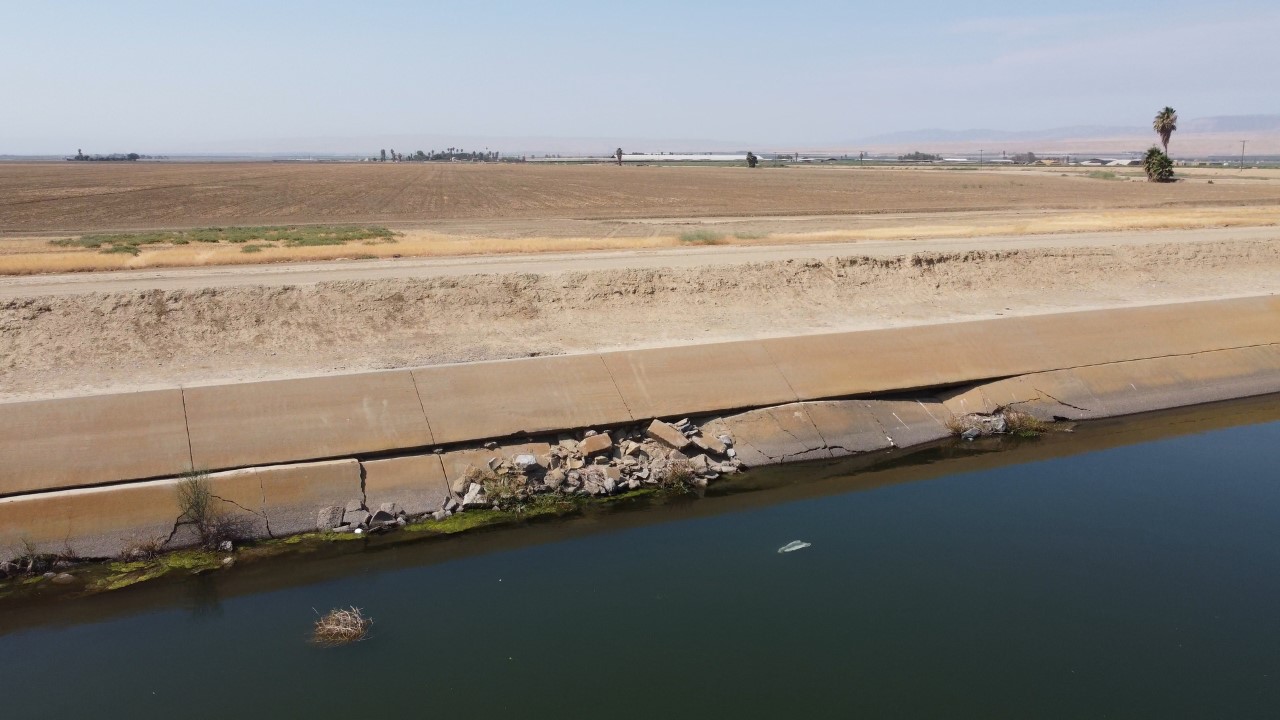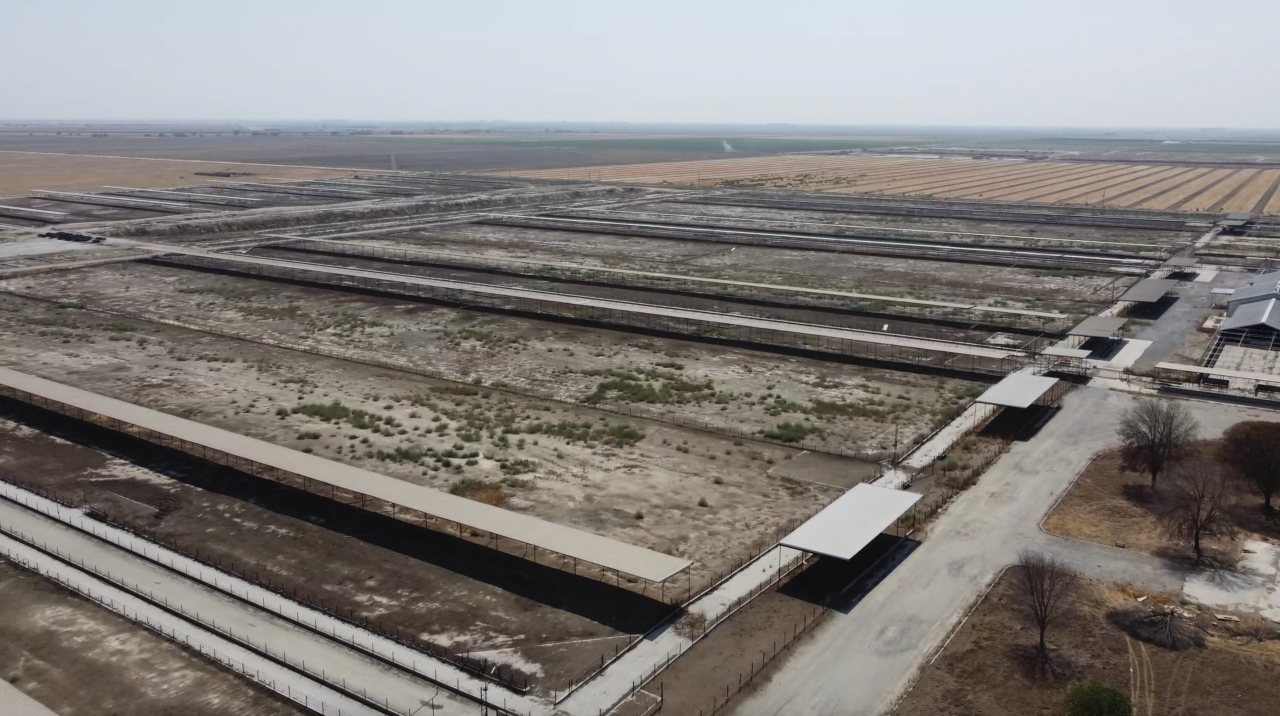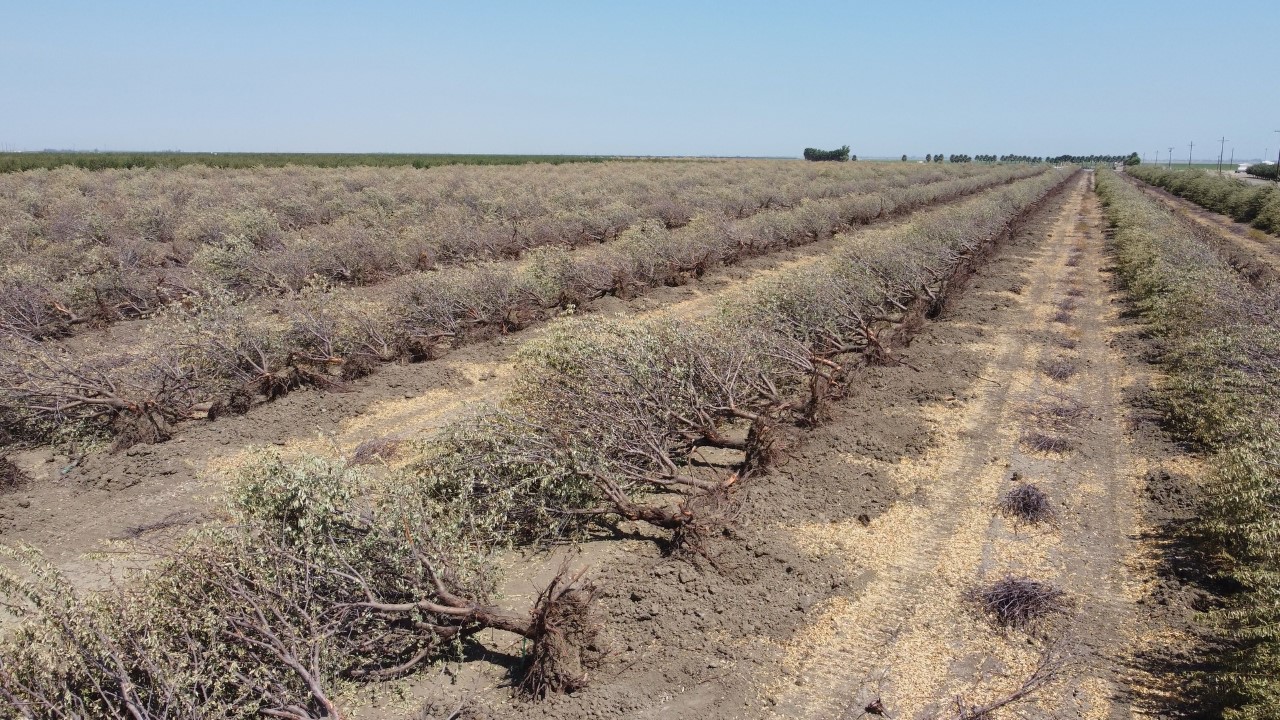
Farmers are no strangers to dealing with uncertainty. We always struggle with variations in weather, and last year we were thrown a new curve when trying to navigate the COVID-19 pandemic, which impacted the demand for our crops, our workers’ health and our ability to grow, harvest and deliver products. And now, we’re in the middle of a crippling drought and forced to make difficult decisions about what we can grow given the availability and cost of water.
As unaccustomed as we are to good news, there actually could be some on the horizon. The western water shortages that are impacting not only farms but also residents, the environment and our nation’s food supply have sparked an awareness among legislators of the acute need for action.
Thanks to the hard work of a bipartisan group of senators as well as a coalition of groups representing thousands of Western farmers, ranchers, water providers, businesses and communities, legislation known as the Energy Infrastructure Act could bring some much-needed help to Western water users.
While the proposed funding falls slightly short in some areas, this multi-billion-dollar package would go a long way toward repairing crumbling water infrastructure in the West, increasing water recycling and water desalination, making significant investments in habitat restoration and constructing critical new storage and conveyance, including both natural and traditional infrastructure.
At the time this article went to print, this critical legislation had been passed by the Senate and was awaiting action in the House of Representatives. We’re hopeful that the following components will make it through:
Repair Existing Infrastructure
Our 50-year-old water infrastructure is crumbling from neglect, which makes it difficult to deliver water when we have it. Just some of the California projects that could be funded by this legislation include critical repairs to the Friant-Kern Canal, the Delta-Mendota Canal and the California Aqueduct.
Due largely to subsidence, the Friant-Kern Canal’s ability to deliver water has decreased by as much as 60%. The same situation has reduced flow by 20% in the California Aqueduct and 15% in the Delta-Mendota Canal. Funding is also included to repair six dams in California alone, which will help address public safety and water security concerns.

Build New Storage and Conveyance
According to scientists, our changing hydrology is likely here to stay. That means more rain, less snowpack, wetter wet years and drier dry ones. That makes it essential that we have more storage available not only to capture rain, but to prevent flooding.
We need large projects, such as Sites Reservoir, which will create an additional 1.5 million acre-feet of off-stream storage. Given how long large projects take to complete, this legislation also funds more immediate storage relief such as groundwater recharge basins, water banks and restoration of flood plains. The increased storage for groundwater will also help farmers deal with the challenges we face as SGMA gets implemented.
Fund Green Infrastructure
Through decades of scientific study, we now know that green infrastructure like restoring natural habitat is an important component of a healthy water supply.
One example of this kind of forward-thinking strategy is the Tule Basin Land & Water Conservation Trust’s Capinero Creek Project at Deer Creek Watershed. The project will convert a former dairy and its associated farmland to upland habitat and groundwater recharge.
These types of projects will enable us to take a more holistic view of water supply and its relationship with the environment, benefiting farms, people and the environment.

Invest in Recycling and Desalination
Farmers are already some of the biggest users of recycled water in the country. Increasing the amount we recycle will not only provide farmers with additional water but will also be another way to recharge aquifers, again helping with SGMA compliance. Desalination technology also continues to improve, and we need to expand its use in the arsenal of tools we use to combat drought.
It’s important to note that funding will be spread across the Western states, which together produce more than 80% of the nation’s domestic fruits, nuts and vegetables. Taken together, the Western water package included in the Energy Infrastructure Act, if funded, represents a balanced set of water management tools that align with solutions Western water managers have sought for years. This federal investment will promote drought resilience and increase water security for millions of Americans. Additionally, it will spur economic recovery and prepare us to meet the water needs of the next generation in the face of a changing climate.















